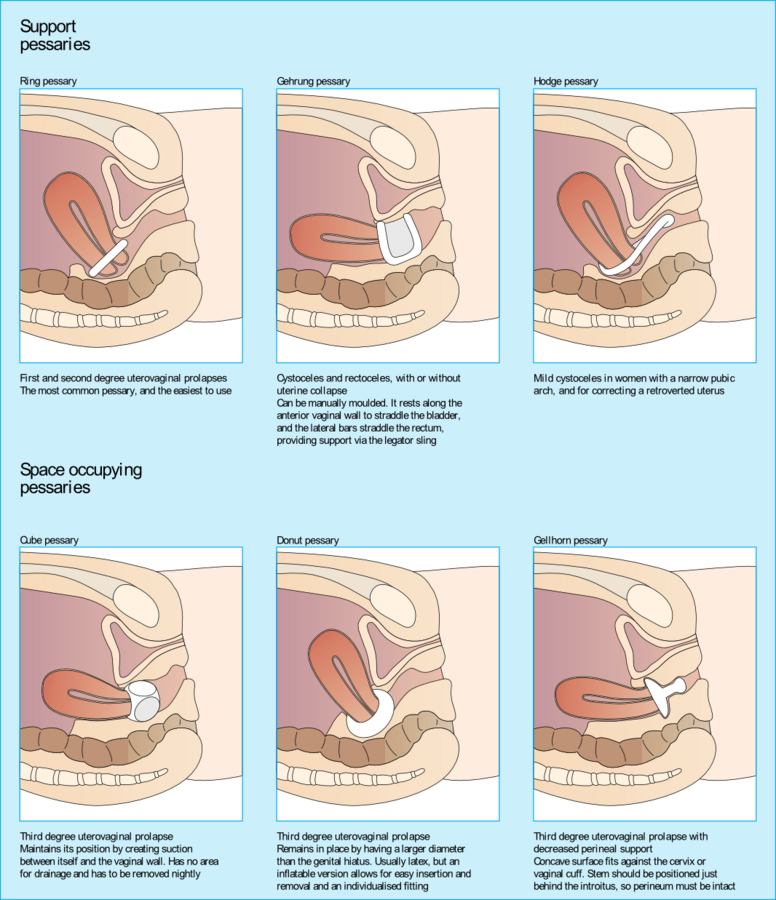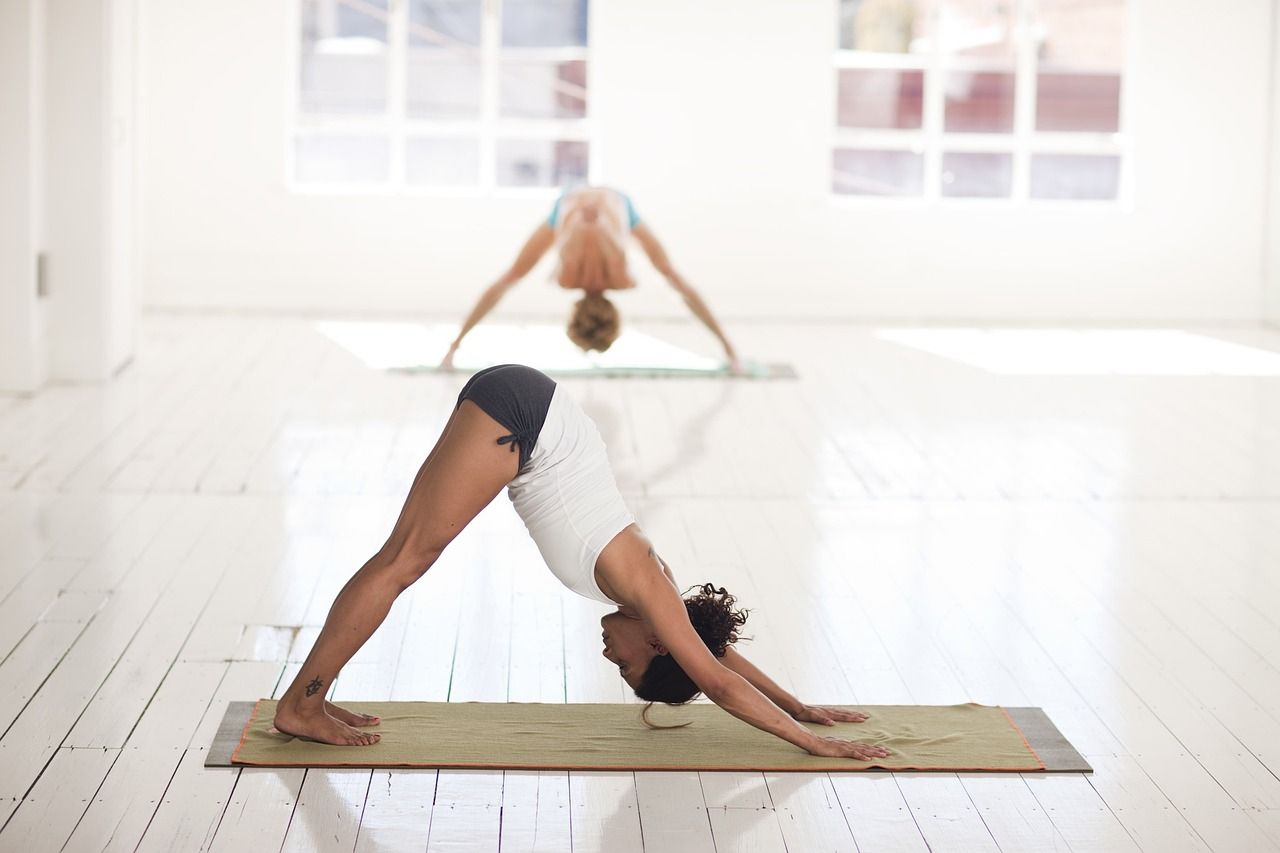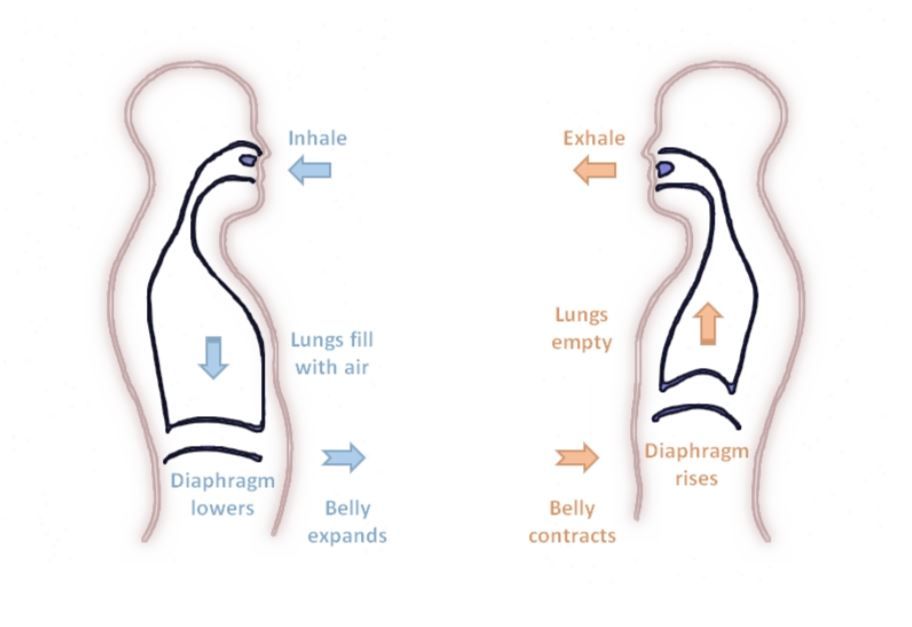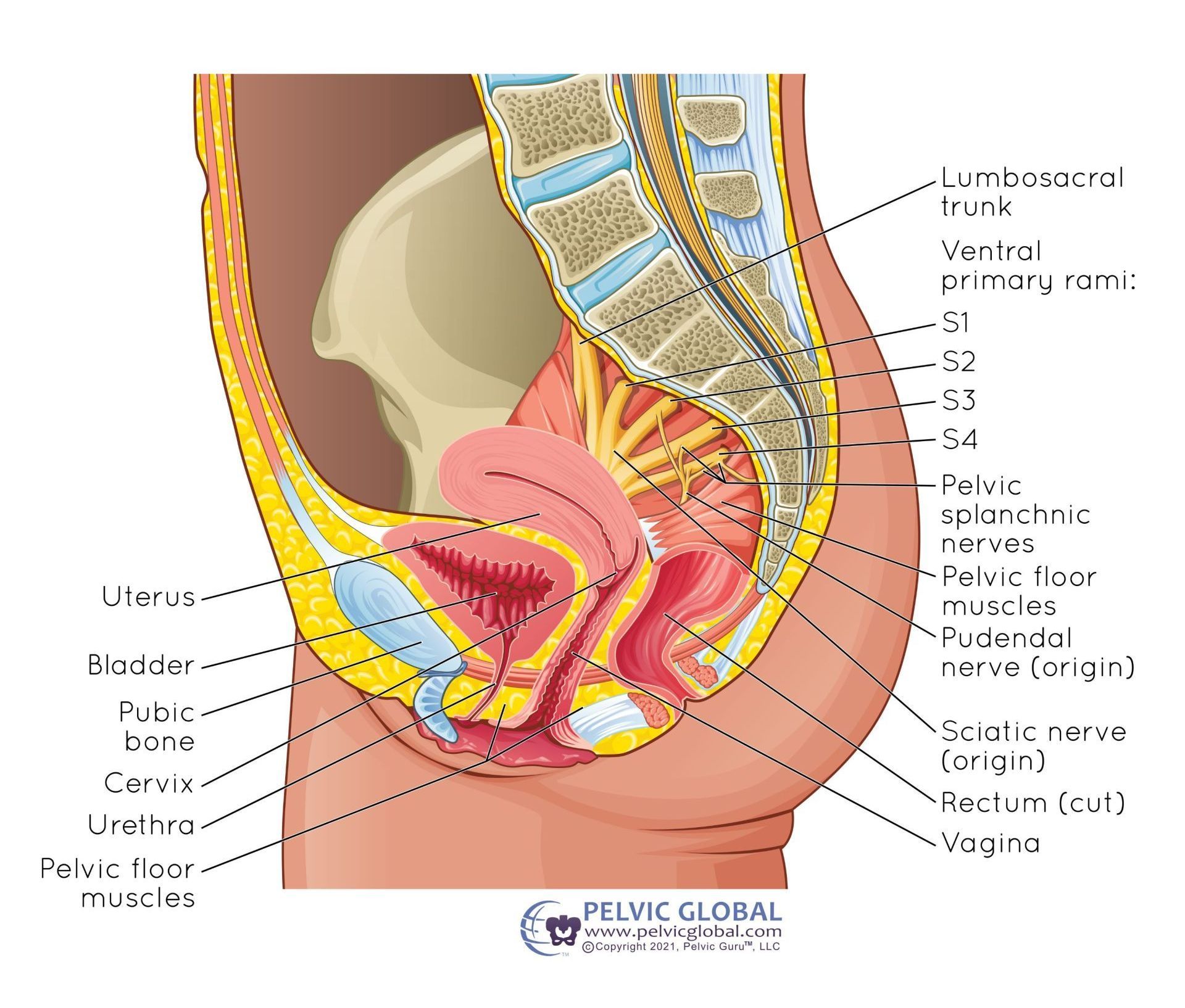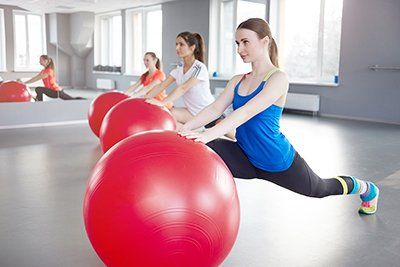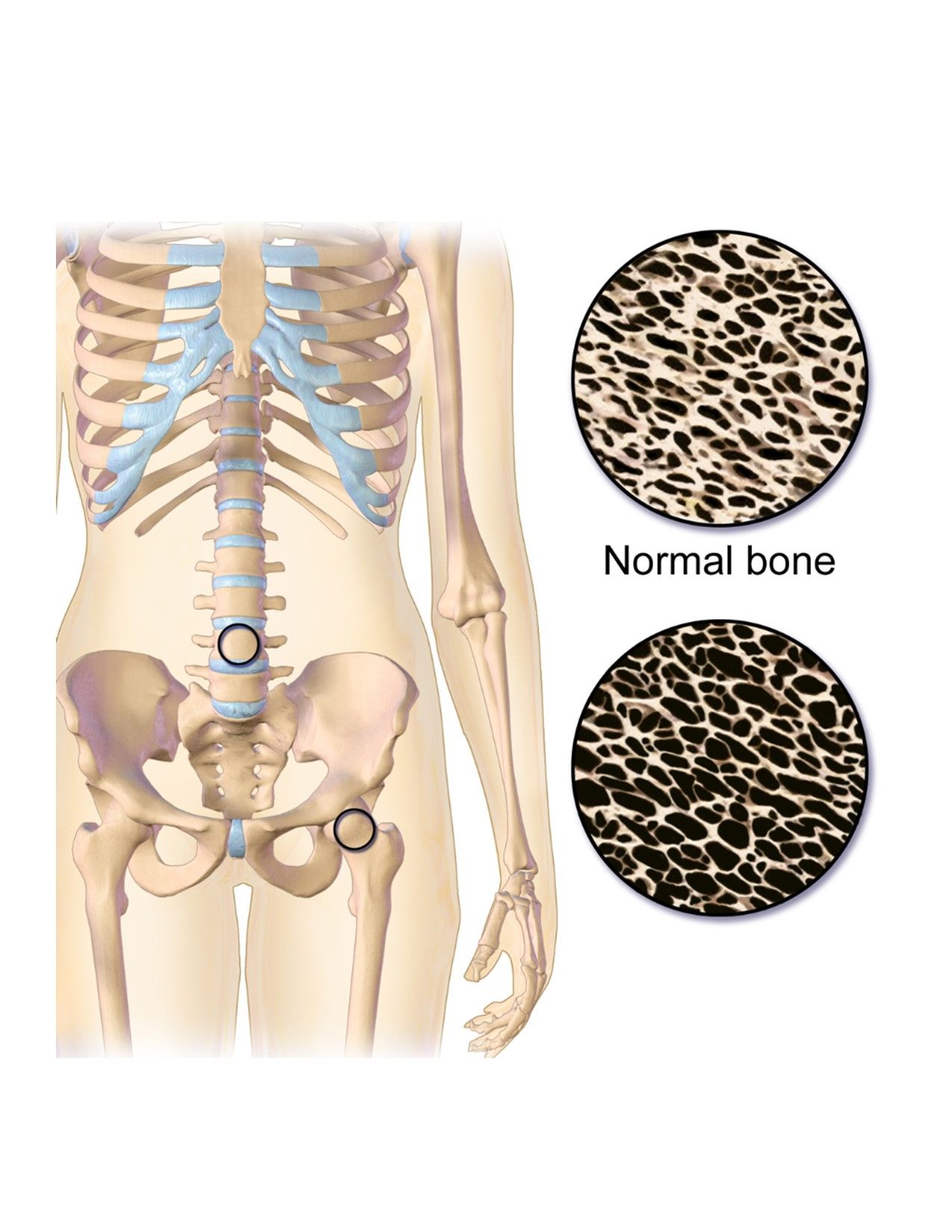What are the best exercises
for postpartum diastasis rectus abdominis (DRA)?
There is SO much research on & so many recommendations out there for postpartum DRA (diastasis rectus abdominis) treatment. Over the years, it's gone something like this:
- You should do sit-ups!
- No wait - don't even think about doing a sit-up - they are terrible for DR!
- No actually - sit-ups ARE bad, but you can do curl-ups and use your hands or a towel to the two halves of the rectus abdominis together
- Actually, you should ignore the rectus abdominis altogether and focus on deep abdominal and pelvic floor rehab!
It's enough to make your head spin!! Fortunately, there were two systematic reviews published on this very topic not too long ago, one in 2021 by Gluppe, Engh, and Bo, and then one in 2022 by Berg-Poppe et al. Both of these articles tried to obtain the answer to the VERY elusive question about which exercises are best for postpartum DR.
So, what did they find about exercise for DRA?
Both reviews, not surprisingly, came to the same conclusion about the studies that are out there about DRA. Most of those studies are not of great quality, and it’s also VERY difficult to generalize results due to the variety of methods used to both assess and treat DRA. But the main finding across all studies? Core strengthening exercises DO help improve DRA!
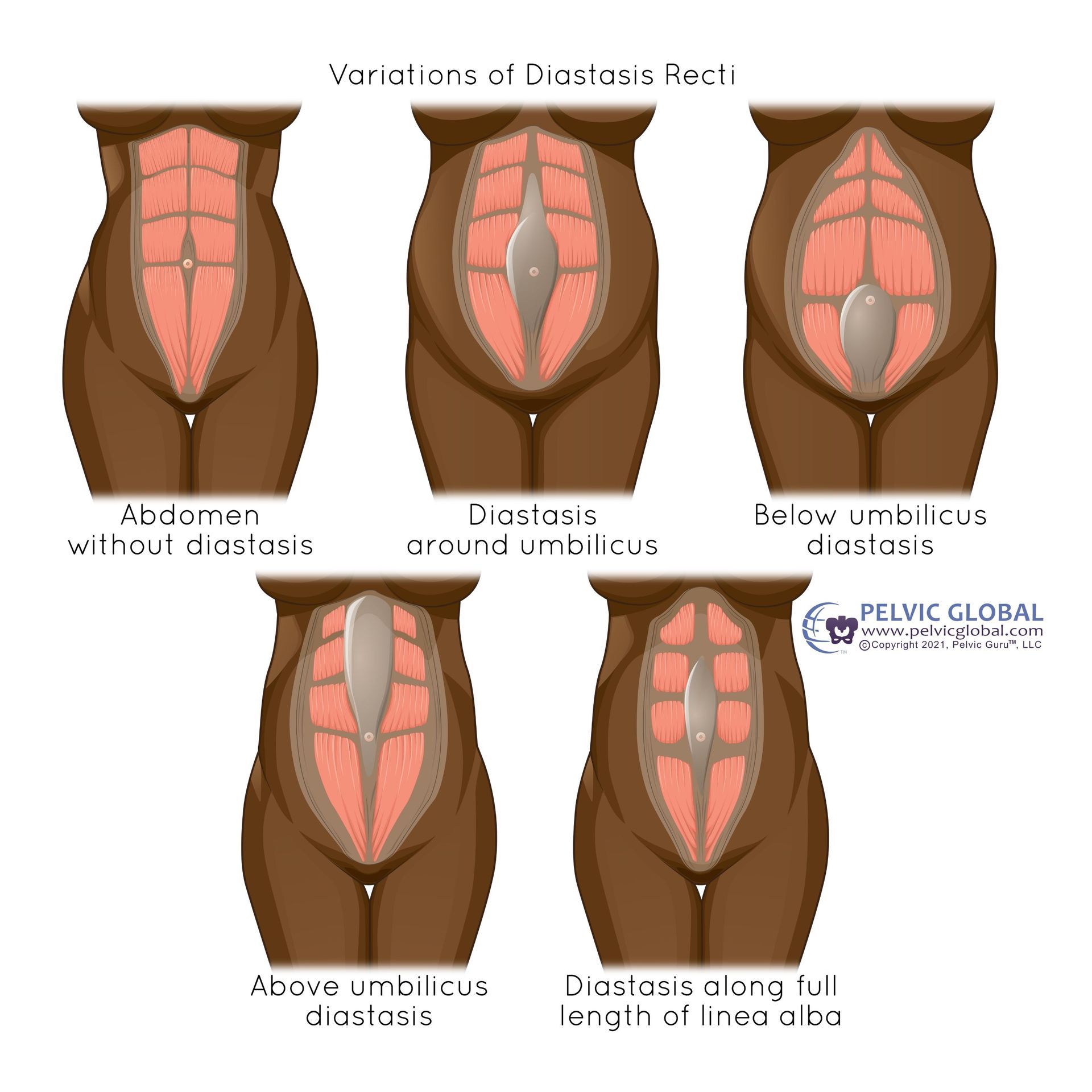
Are some core exercises better than others for DRA?
The surprising answer seems to be - all core exercises help, regardless of the type! And there is never any one type of exercise that is proven to worsen DRA. Let me say that again....there is not any one type of exercise that a person with DRA should never do. It is not supported in research that exercise worsens DRA!
Really?? I thought for sure that sit-ups and planks were bad for DRA.
The answer to this really comes down to the fact that like most things in life, the answer lies in the gray of the “in-betweens,” versus a black-and-white “yes or no.” For DRA especially, it really comes down to how you are doing the exercise instead of what you are doing. So absolutely, if you have a large DRA and haven’t done any foundational deep abdominal work, then starting out with sit-ups would be terrible for you. Or if you focus on keeping your plank as low as possible and holding as long as you can without actually thinking about when your abdominals may be fatiguing, yes that could be harmful too.
But as long as you start out with a good foundation of learning how to activate your deep abdominals properly, and how to BREATHE while doing abdominal work, then you can work up to crunches and planks safely again!
What about pelvic floor strength - does that have any impact on DRA?
There is even disagreement across studies on the importance of including pelvic floor exercises in DRA rehab....as of this writing, adding pelvic floor exercises to DRA rehab doesn't seem to improve the outcome as compared to when pelvic floor exercises are NOT included.
So, what are the takeaways from this data?
It's generally agreed upon when pelvic health PTs are surveyed that activating the deeper layer of your core and pelvic floor FIRST is really important, essentially to get your “inner life vest” working again. Focusing on breathing is also important - please don’t EVER hold your breath while doing abdominal work! But then, layering any other exercises on top of that "inner life vest" of muscle activity is absolutely ok. Many of the studies included in these reviews had exercises like planks, Russian twists, sit-ups and reverse sit-ups. And guess what? The participants all still showed improvement in their DRAs!
What are some general recommendations for what you should and shouldn’t do while exercising with a DRA?
First of all, you want to make sure that your glutes and midback (scapular stabilizers) are active before you start a lot of intensive abdominal work! Your abdominals attach onto both your ribcage and your pelvis, so if these areas of the body aren’t stable, then your abs don’t stand a chance. You also need to have a good “neutral spine” posture, with your ribcage stacked over your hips. Plus, making sure the ribs aren’t super flared is also really important!
Once your glutes and midback are awake & your posture is better, then you can do any abdominal exercises that feel good for your body, as long as you meet these criteria:
- Perform an abdominal brace (belly to spine) WITHOUT flaring your ribs, do your Kegel, and maintain at least the abdominal brace throughout the exercise
- Don’t hold your breath
- Don’t allow the middle part of your belly to “cone” or “dome” up towards the ceiling
If you find yourself doing any of these things with abdominal exercises, then the exercise is too hard for you. You either need to modify the exercise to an easier version where you can control those things, or just stop working out for the day and try again another time when your muscles aren’t fatigued.
Still confused, or want an individual assessment to make sure you are doing everything correctly?
If you've been asking, "Where can I find a diastasis rectus specialist near me?" contact us at 309-431-1357 to schedule an appointment or to ask some questions!
References:
Berg-Poppe, Patti PhD; Hauer, Michaela BS; Jones, Cassandra BS; Munger, Mattison BS; Wethor, Cassidy BS Use of Exercise in the Management of Postpartum Diastasis Recti: A Systematic Review, Journal of Women's Health Physical Therapy: January/March 2022 - Volume 46 - Issue 1 - p 35-47. doi: 10.1097/JWH.0000000000000231
Gluppe, S., Engh, M. E., & Bø, K. (2021). What is the evidence for abdominal and pelvic floor muscle training to treat diastasis recti abdominis postpartum? A systematic review with meta-analysis. Brazilian journal of physical therapy, 25(6), 664–675. https://doi.org/10.1016/j.bjpt.2021.06.006


